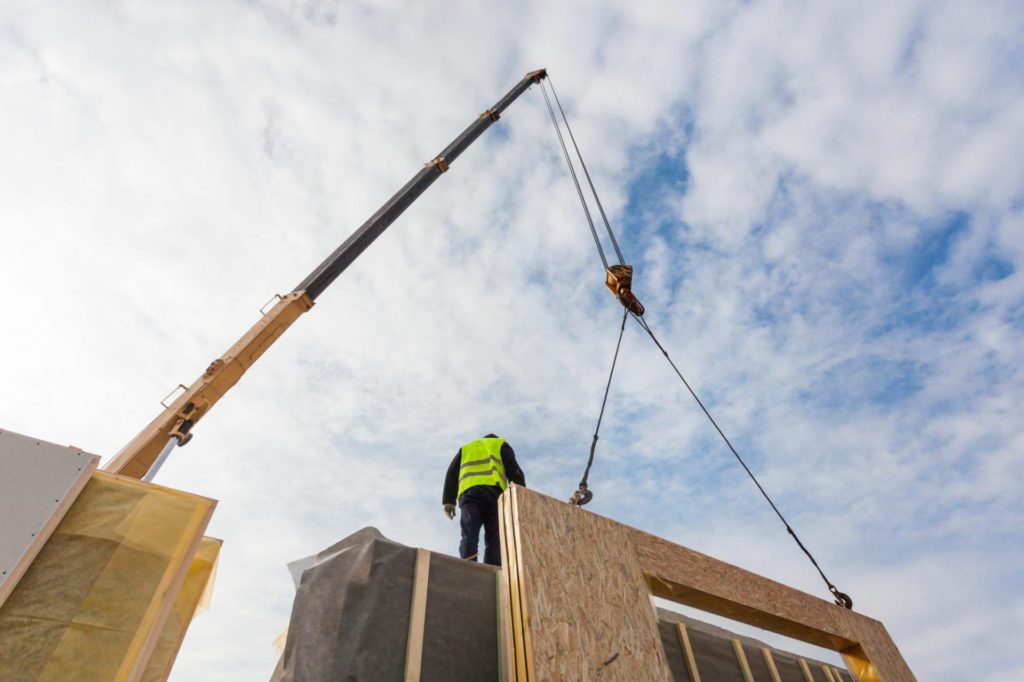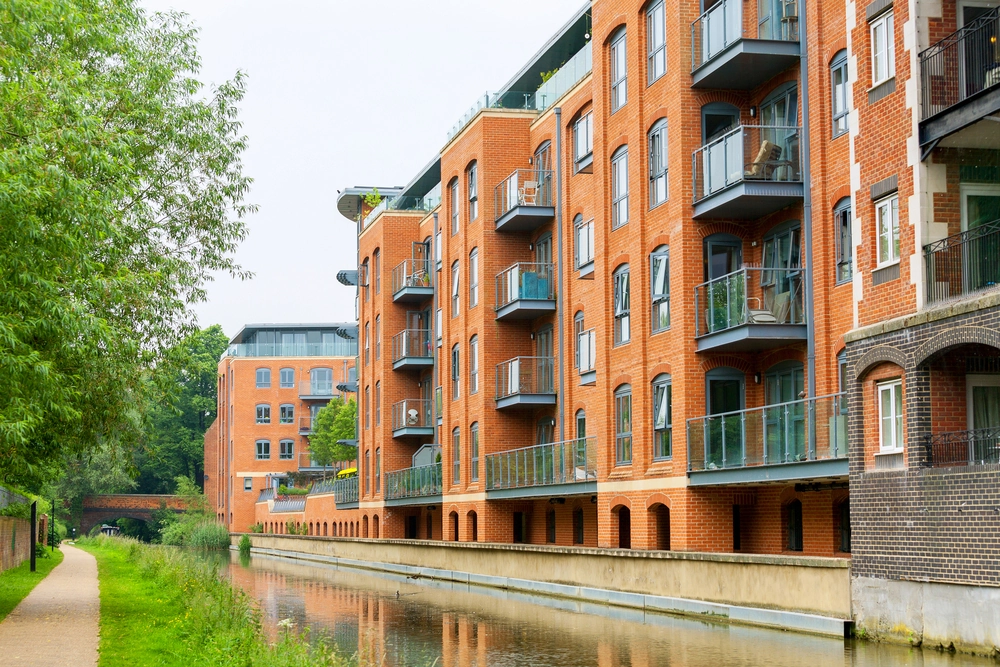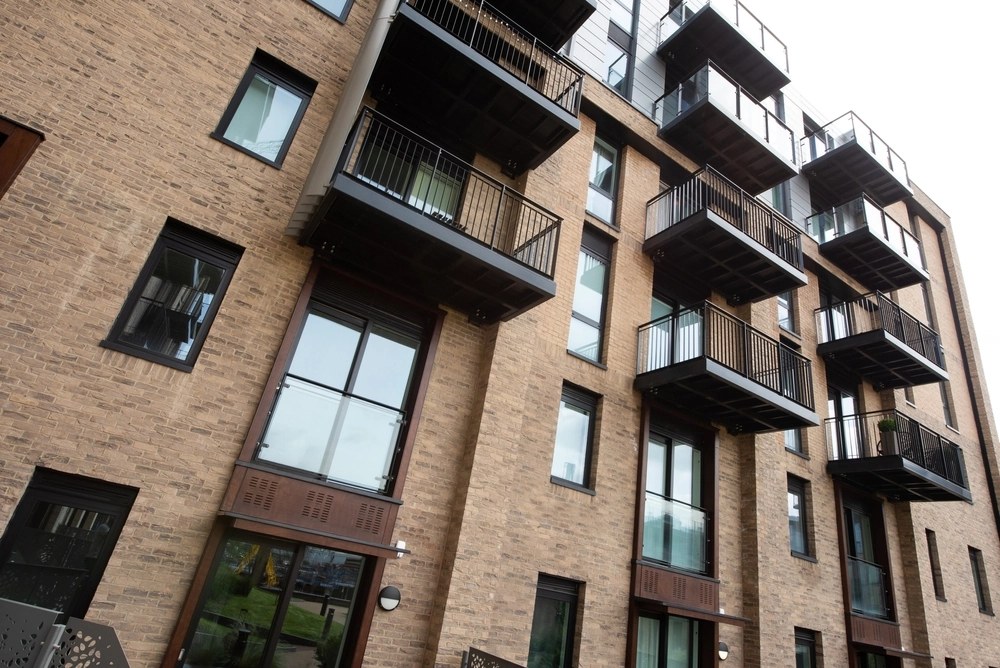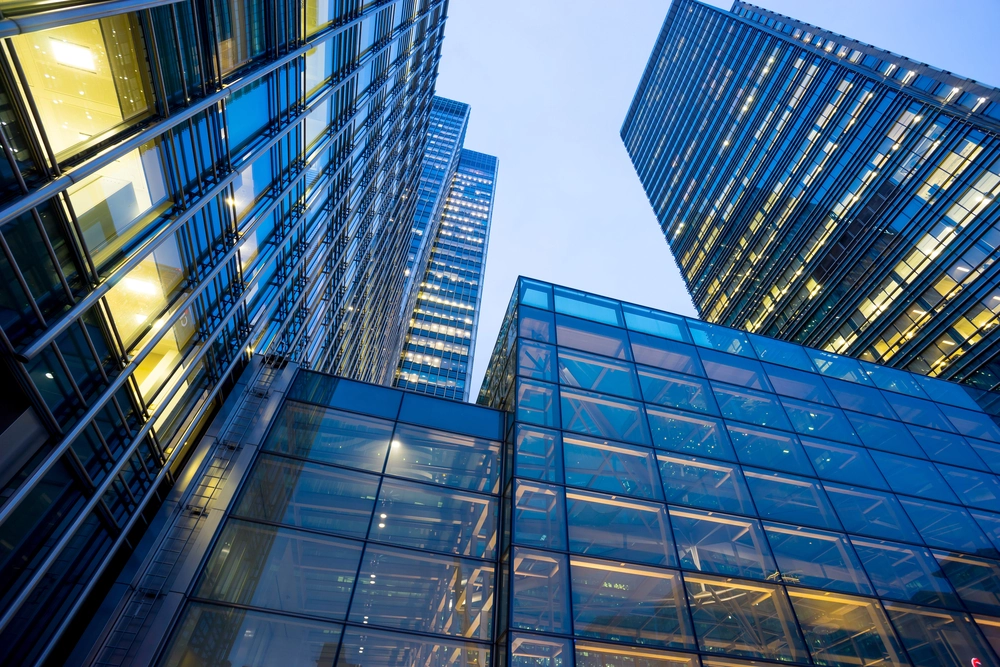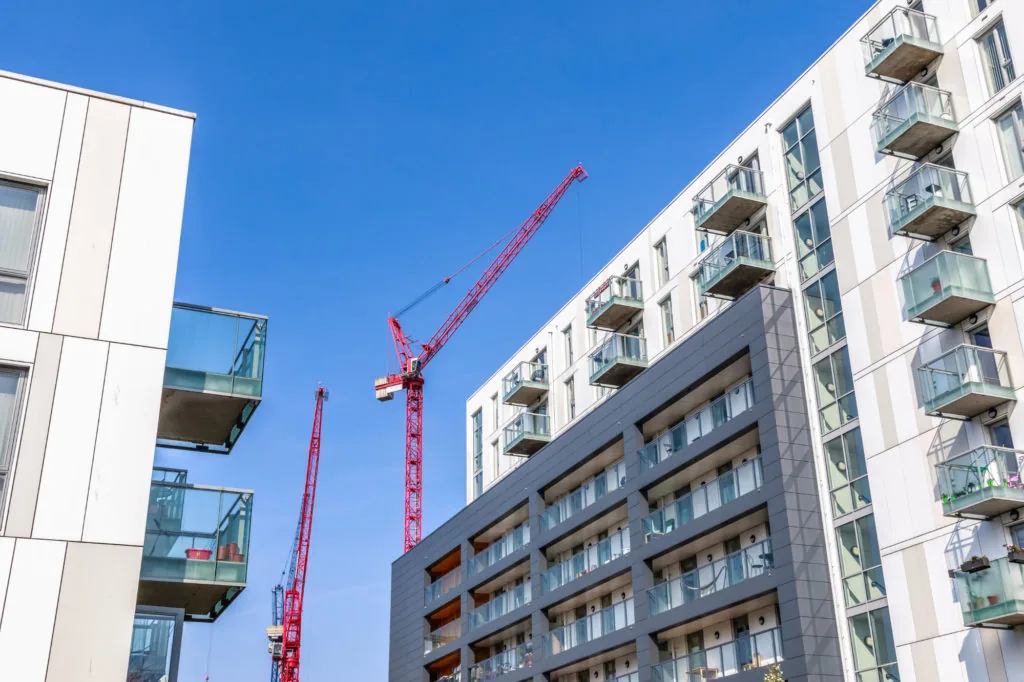
What is “damage” and when can it occur? The Court of Appeal provides clarification on CAR coverage

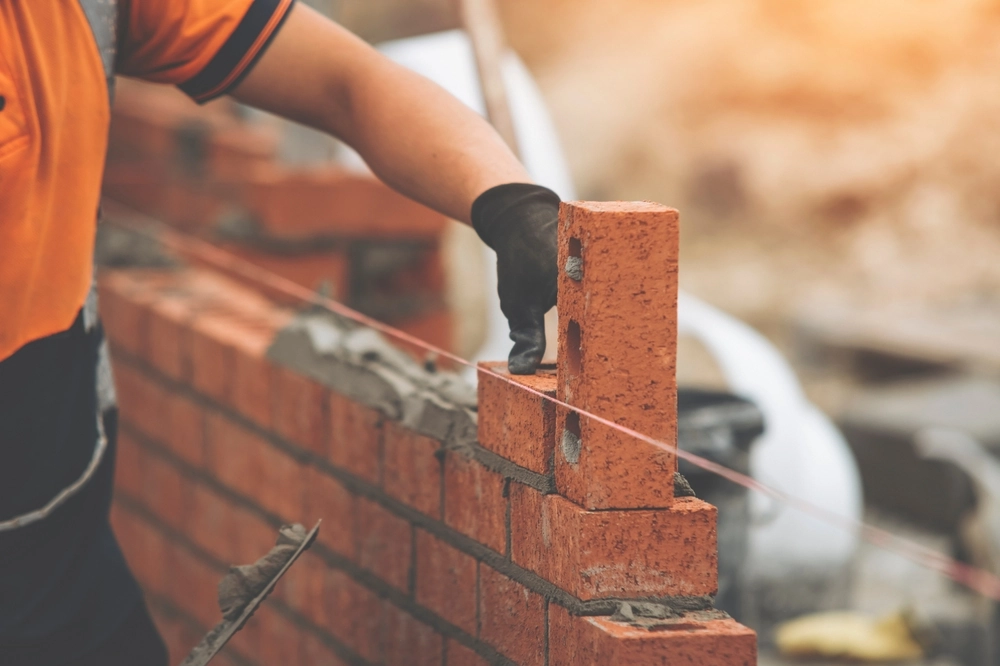
The Court of Appeal ("CoA") decision, in the recent case of Sky UK Limited & Anor v Riverstone Managing Agency Limited & Ors [2024] EWCA Civ 1567, has provided some welcome clarification on:
- What constitutes "damage" in a construction context.
- Whether insurers are liable post period of insurance ("POI") for deterioration and damage development.
- Whether costs incurred investigating potential damage are recoverable, even if no damage is subsequently found.
This article discusses the case in more detail, as well providing some key practical considerations for those seeking to rely on CAR policies.
Background
Mace constructed Sky's global headquarters in London between 2014 and 2016. Both parties were insured, in the usual way, under a construction all risks (CAR) policy underwritten by the Defendant which stated the following:
“The Insurers shall, subject to the Terms of this Contract of Insurance, indemnify the Insured against physical loss or damage to the Property Insured, occurring during the Period of Insurance, from any cause whatsoever."
During the works, the timber cassette roof of the building became exposed to the elements (including during the winter period), resulting in water ingress entering the timber and subsequently causing "damage". Initially, this occurred during the POI, however, over time the damage developed (spreading to previously undamaged areas) and deteriorated post practical completion and after the expiry of the POI in July 2017.
Sky and Mace claimed under the indemnity from the Defendant for the damage and costs of remediating the roof, which had occurred both during the POI and the subsequent damage development and deterioration after the POI, between 2017 and 2019.
The insurers disputed the claim. They argued a more restrictive definition of damage, citing that there could be no damage under the insuring clause unless and until there was a need for immediate repair or replacement. Further, they also denied liability for deterioration and development damage which had occurred post expiry of the CAR policy and refused to cover the costs of the damage following expiration.
The High Court found at first instance that:
- "Damage" is an adverse change which impairs the property's use or value (thus rejecting the Defendant's proposed argument). Therefore, it was found that the roof had in fact been damaged for the purposes of the CAR policy at the point water ingress occurred.
- Sky and Mace were only entitled to damages which occurred during the POI and not to remediation costs for damage which had initially occurred during the POI but had deteriorated or developed after the POI.
- The costs incurred to investigate, locate and determine the extent of damage were speculative where no damage had in fact been found, and therefore these costs were irrecoverable.
The parties appealed and the case was considered by the CoA.
The Decision
The CoA upheld the High Court's interpretation of what can be considered "damage", thus rejecting the Defendant's appeal and its argument for a more restrictive definition of damage.
However, the CoA took a different view over the extent of the period for which the Claimants were entitled to recover damages. The CoA held that all damage which first occurred in the POI, along with the damage which had developed thereafter (i.e. deterioration and development damage), including developing damage after the expiry of the POI were recoverable (subject to the rules of mitigation and remoteness).
The CoA also departed from the High Court's decision on investigatory costs, holding that costs which had been reasonably incurred to determine the presence of damage and how to remediate such damage (if present) were recoverable, even if no damage had in fact been found.
The Defendant has applied for permission to appeal to the Supreme Court, and we await a decision on whether this will be granted.
What does this mean?
The policy wording interrogated in this case was not unusual and is fairly standard in CAR policies. What this case does helpfully provide though is transparency on (1) the interpretation of the wording, in particular "damage", and (2) how it can be applied in practice, particularly when a dispute arises. Clarity on what "damage" is and, importantly, when this can occur, will be welcomed by insureds and will likely help the progress of claims in the future, providing clear guidance on how and when damage can be established for the purposes of claiming under a CAR policy.
That is not to say this should discourage active engagement from insureds in the event of any issues. It will be prudent for insureds to fully document damage, or anything that they perceive could be considered damage, at the earliest opportunity to establish whether it might meet the definition the CoA has applied in the current case, and to make sure it has occurred during the relevant POI.
Another point that will be welcomed by insureds is the CoA's stance on recoverable investigatory costs, providing insureds with the ability to recover their costs even if no damage is found (albeit these costs must be reasonably incurred). It may be that, going forwards, insurers will more sharply focus on analysing whether investigation costs were "reasonable" or not. This will be a matter of fact and will vary on a case-by-case basis but is something for insureds to bear in mind. We will be keeping an eye out for future cases to see if the court clarifies what might be considered reasonable in this context.
Finally, as ever, this case reestablishes the importance of mitigating your losses. Although the CoA has been willing to interpret a wide definition of damage, insured parties must ensure they are mitigating any costs incurred as soon as possible, or risk these becoming irrecoverable at a final hearing.
For more information about this case, or if you would like advice in relation to your construction project, please contact Hayley Steel.


















